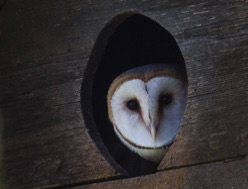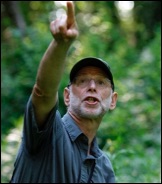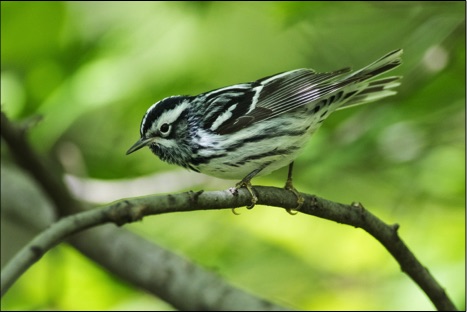All photos and text by Jack Rothman. All rights reserved. No photo may be copied or duplicated without written permiss8on. Copyright 2024.
Updated 9/29/24
City Island Birds
Since 2007
Welcome to City Island Birds. My name is Jack Rothman. I created this website and birding club because this area of New York City is little known and underutilized by birdwatchers and other nature lovers. Pelham Bay Park, with its woods and wetlands is a critical stopover and nesting area to many migratory species.
Birding News
City Island Birds was created in 2007 to bring birders, and would be birders, to the park. Everyone has always been and always will be welcome. Our walks are always inclusive, friendly, non-competitive, fun and free. We all love to see great birds, but without each other, it's never as enjoyable.
Saul's Science Watch
My birding buddy Saul has been writing wonderful science articles for the Hudson River Audubon Society. You can link for years of wonderful insights and information. Just scroll to the bottom of the page for a complete list of the articles.


Jack's talk , "Pelham Bay Park"
On March 14, 2023, I did a Zoom talk for the Saw Mill River Audubon. If you would like to view it, it is available on YouTube, Just link here.
Watch a City Island Birds birdwalk here,
and another walk here.
A pandemic interview about birding here.
Five Quick Beginning Birding Suggestions
1. Go out with a group or an experienced leader. You'll learn how to use binoculars, find birds, meet interesting and friendly people.
2. Wear appropriate clothes. Weather is always a little more extreme in open spaces. Don't wear your brand new $200 running shoes. It can be muddy.
3. Most leaders have binoculars to lend if you don't have your own. Opera glasses are pretty useless for birding. If you want to buy a pair, email me and I will make suggestions depending on your budget.
4. Bring a snack and water. Most walks are a few hours. You'll see that birding is not fast walking. Expect to be moving slowly.
5. Get a portable field guide to bring with you when you bird alone. Use it at home too. Look for the Peterson or Sibley guide.
A White-crowned Sparrow in mid-October, 2022 in Pelham Bay Park.
Upcoming Free Bird Tours
Because of a family illness I have not been able to lead any walks. I should be able to lead soon, keep checking here .
Yellow-rump Warbler in fall plumage in Pelham Bay Park.

I saw two Brown-thrashers along the road new Turtle Cove last week. You need to hang out in the area for a while and be surprised to what you find there.
An American Goldfinch in mid-October a few years ago. Notice the drastic change in the brightness of the bird
The sparrows are returning. Note the orangy-pinkish bill of the Field Sparrow,
A Female Bobolink at Ferry Point Park in early Septembe 2024. This is also a good place for sparrows this time of the year.
A skulking Nelson's Sparrow in Turtle Cove in late September, 2024. If you stand on the bridge and are quet you're likely to see one or two. They immediately go down into the marsh grass, so it can be hard to photograph them.
Names Given To Groups of Birds
Based on History and Literature
From The Verb To Bird, Peter Cashwell (Paul Dry Pub. 2003)
A gaggle of geese ( in water)
A charm of finches
A tiding of magpies
A descent of woodpeckers
A mustering of storks
A parliament of owls
A host of sparrows
A siege of herons
An unkindness of ravens
A cast of hawks
An ostentation of peacocks
A murder of crows
A walk of snipe
From An Exaltation of Larks, James Lipton (Penguin pub. 1993)
A party of jays
A gatling of woodpeckers
A murmuration of starlings
(in air)
A clutter of starlings
(on ground)
A mutation of thrushes
A fall of woodcock
A skein of geese (in air)
An exaltation of larks
A shimmer of hummingbirds
A spring of teal ( ducks)
A sorde of mallards
A rafter of turkeys
A descent of woodpeckers
A convocation of eagles
A leash of merlins




A Black and White Warbler in early September. One of the easier fall warblers to identify.

A Blue-headed Vireo at Turtle Cove in the fall.


A Blackpoll Warbler outside my house last year on City Island. Quite a different looking bird in fall plumage.


An old photo of a Ruby-crowned Kinglet in the fall. They will be coming through soon.



An Eastern Meadowlark. Find them at Ferry Point Park.